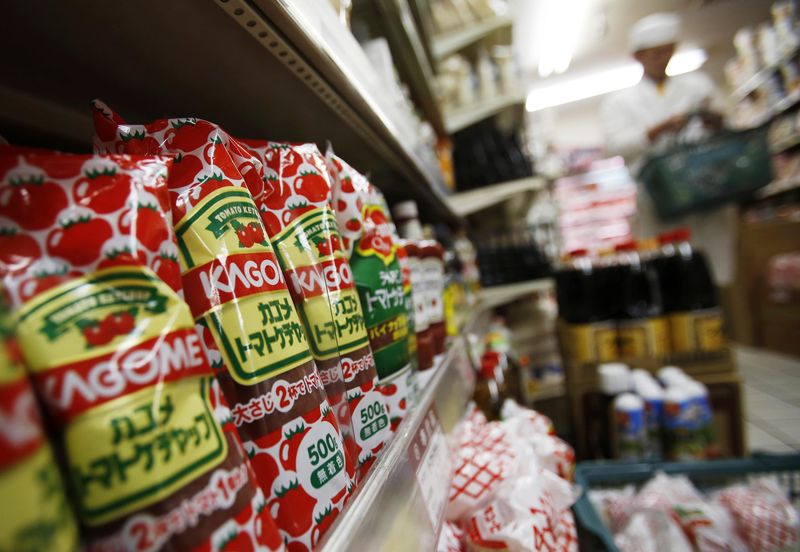By Ambar Warrick
Investing.com-- Japan’s core CPI inflation hit its highest level in 40 years in October, data showed on Friday, as surging raw material costs and reluctance from the Bank of Japan to tighten monetary policy saw little relief for steadily rising price pressures.
The core consumer price index (CPI), which looks at price changes in all items excluding fresh food, rose at an annual rate of 3.6% in October, data from the Statistics Bureau showed. The reading was slightly above expectations of 3.5%, and more than September’s reading of 3.0%.
Including fresh food, CPI inflation rose 3.7% in October, compared with a 3.0% rise in September. The reading was at its highest level since 2014. On a monthly basis, CPI inflation rose 0.6% in October from the prior month.
Fresh food, fuel, and utilities were the biggest contributors to the reading, with gas prices jumping 20% in October.
The reading comes as Japan faces rapidly increasing rates for its food and fuel imports, driven largely by a deep depreciation in the yen this year. The Japanese currency is down about 22% this year, and had slumped to a 30-year low in October due to a widening gulf in local and U.S. interest rates.
The Bank of Japan has so far given no indication that it plans to raise interest rates from ultra-low levels, which is a key factor behind the yen’s depreciation this year. But rising economic pressure from high inflation and a steadily weakening yen may force the bank into changing its stance.
Japan’s economy unexpectedly shrank in the third quarter, data showed earlier this week, as the country continues to struggle with rising import costs. The outlook for the remainder of the year also looks grim.
The country also logged a big trade deficit for October, although the figure was lower than the record-high shortfall seen in August. Import costs continued to surge due to a weakening yen, while exports slowed amid weakening global demand and reduced local manufacturing capacity.
Friday’s reading marks the seventh straight month that inflation has trended above the Bank of Japan’s 2% annual target.
